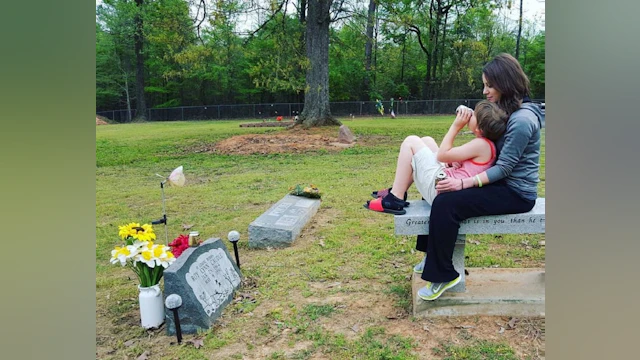If you had told me 13 years ago that I would one day be sitting in the White House talking openly to a room full of people about my lived experience of suicide attempts while being live-streamed to an audience across the globe, I would have suggested you get a PET scan as soon as possible.
After losing my father to suicide in 1990 when I was just seven years old, I hid behind a cloak of silence. My loved ones no doubt felt the same pain, but we simply didn’t have the language to talk about it. Somehow it was easier to tell people that my father had died in a horrible accident than it was to say, “His death was ruled a suicide”.
What I took away from that experience was that it wasn’t okay to talk about difficult experiences or pain. The problem with that is that it doesn’t just go away. “Silence like a cancer grows” Simon and Garfunkel wisely sang in The Sound of Silence.
For a while, I internalized everything. I internalized my father’s death. I internalized my struggle to understand and embrace my sexuality once I realized I was gay. I internalized my struggles with drug and alcohol addiction. I internalized the severity of my depression and my own thoughts of suicide.
Eventually, though, I ran out of space, like a tea kettle sitting on a hot stove, finally boiling over to release pressure. I released my own pressure through drugs and alcohol, self-harm and risky behavior. When those things no longer worked I attempted to end my own life.
It took years before I could find a way to talk about it. In 2013 I attended an Out of the Darkness Community Walk through the American Foundation for Suicide Prevention. A friend had given me a flyer and the words “suicide prevention” hit me hard. I had no idea organizations like AFSP existed. It gave me hope. After attending the walk I went on to organize a campus walk at the community college I was attending, having learned that there were three students in one of my classes who had been impacted by suicide as well. AFSP helped me realize I wasn’t alone.
I now serve on the Board of Directors for the AFSP’s North Texas Chapter, which is something I never dreamed I would or could do. This entire journey has been such a gift to my life and has helped me heal tremendously. When I was asked if I would be interested in participating in a “Making Healthcare Better Series on Suicide Prevention” panel at the White House, my immediate reaction was, “Me?! Surely they can find someone else more qualified.” The same negative self-talk that had kept me isolated all those years was rearing its ugly head again. So I said, “Yes.” I have found tremendous growth in learning how to step out of my comfort zone.
I flew to Washington DC on September 28. My heart was filled with gratitude as my cab drove by the national monument. There is so much history woven into the fabric of that city, and there I was, getting to be a small part of it.
I met Trevor Summerfield, AFSP’s Manager of Federal Policy, in the front lobby the next morning and walked to the AFSP Washington D.C. office where we met other AFSP staff members including AFSP’s Chief Medical Officer Christine Moutier, and several other panelists: each of them incredible, inspiring individuals who represented a variety of different fields and organizations. I joked with Christine about being the only panelist there without some sort of acronym behind my name. But my self-doubts melted away as the presentation began. I realized I did belong.
We were all there because we share a passion for saving lives. Suicide is the 10th leading cause of death in the U.S., and for every suicide there are 25 attempts. We reduce the stigma surrounding mental health by speaking out and showing the world that it is possible not just to survive but to thrive after losing someone you love to suicide; receiving the diagnosis of a mental health condition yourself; your own suicide attempt and/or hospitalizations; and a lack of understanding from those around you. I am grateful to those who were brave enough to start the conversation, and it is through their bravery that I have learned to find my own.
To watch Jessica’s panel, click here.

